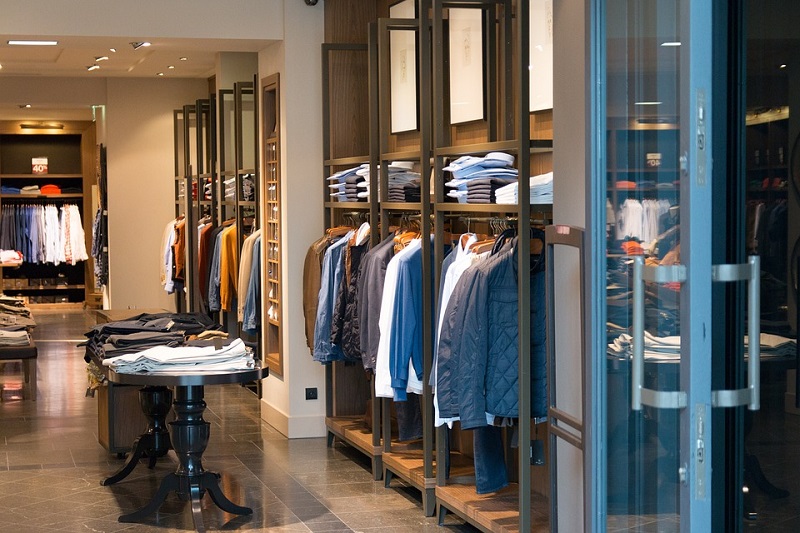It is the first impression that is often decisive. You can argue about technical components for a long time, choose between hybrid vs native app, etc. But when it comes to Internet business, design plays an important role here – the layout of the site, the colors used, the CTA buttons. It turns out that using some professional web page design tricks, you can subconsciously convince visitors to take the desired action.
Human Behavior As A Catalyst For Design

Believing that if something makes sense to themselves, the same applies to their customers, business owners are catastrophically mistaken. They are missing the point: first of all, the site must be designed for people. Not for search engines, not because, in the designer’s opinion, it is “more beautiful” or because competitors do it, but only considering the convenience for users. Moreover, the page is being developed not for the mythical crowd, but for a specific target audience.
How can you translate the idea of design “for people” in your particular case? Use paid testers (for example, in the same States there is a service called The User Is My Mom, where someone’s mom can test the usability of a website) or get your own mom, other relatives or friends to help. Honest feedback will help you to identify any weak points.
Influence of Color
Color theory is one of the most interesting in design and marketing. The fact that some shades can convey such a huge range of emotions and actions is really impressive. Of course, all this is very individual and depends on many factors, for example, personal preferences or historical background. However, marketing should take into account the basics of color psychology:
- red – increases heart rate, creates a sense of urgency, often associated with sales;
- blue – creates a sense of trust and security, often associated with banks;
- green – the easiest color to perceive, often associated with wealth.
Statistics say that for 93% of buyers, the visual component of marketing materials is of paramount importance. Men prefer bright colors, while women prefer softer, pastel shades.
Hick’s Law
The aforementioned law states that the reaction time when choosing from a certain number of alternative elements depends on their number.
How often have you stood in front of a stand with chips in the store, not knowing which flavor to give preference to? Do you remember that almost panicky tossing between sweet paprika and sour cream with onions?
The same happens with visitors if your website menu contains many options. Overcrowding with navigation links and assortment images, a large number of payment and delivery options tire visitors. Feeling such overload, they, more often leave the page without completing the expected action.
The less “noise” is on the page, the easier it is to navigate.
Mobility and Ease of Use
The fact that mobile devices have firmly and permanently reigned in our lives has become clear for a long time. Stationary computers and laptops are becoming obsolete faster and faster, and their complete displacement from the market is most likely a matter of time. Thus, understanding that people are directly using their fingers to interact with a website is essential to its design that is user-friendly and easy to use.
What can be done for this? At a minimum, test important buttons and links for thumb reach. Remember to use devices with different screen diameters. Believe and check – these seemingly insignificant tricks can significantly affect the performance of your Internet business!















